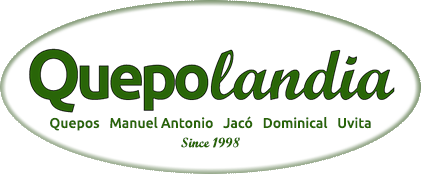KSTR Sustainability Project
By Volunteer Rachel Melvin Kids Saving the Rainforest is focused on preserving and protecting the local wildlife. This mission includes housing a wildlife sanctuary on the grounds of the Blue Banyan Inn on the property that is called “the finca”. The sanctuary currently houses 29 monkeys plus a crab eating
Read More